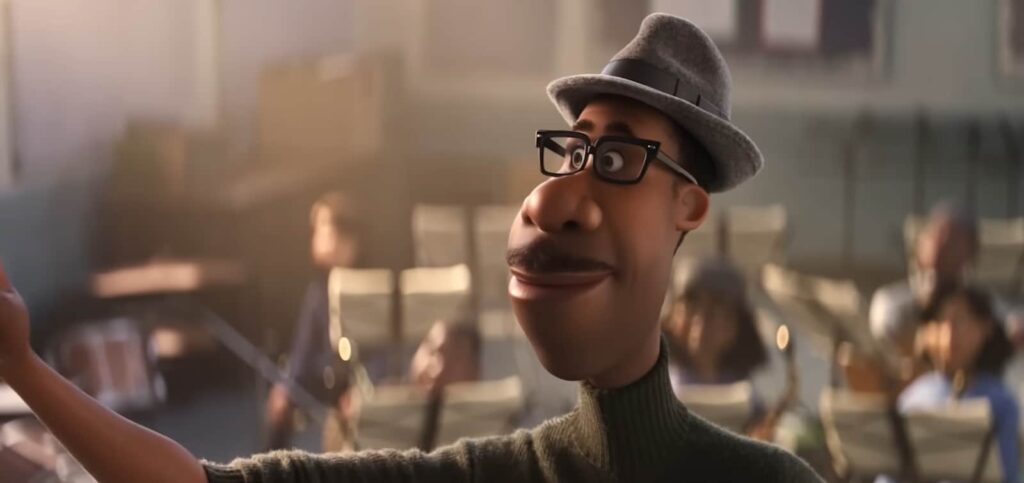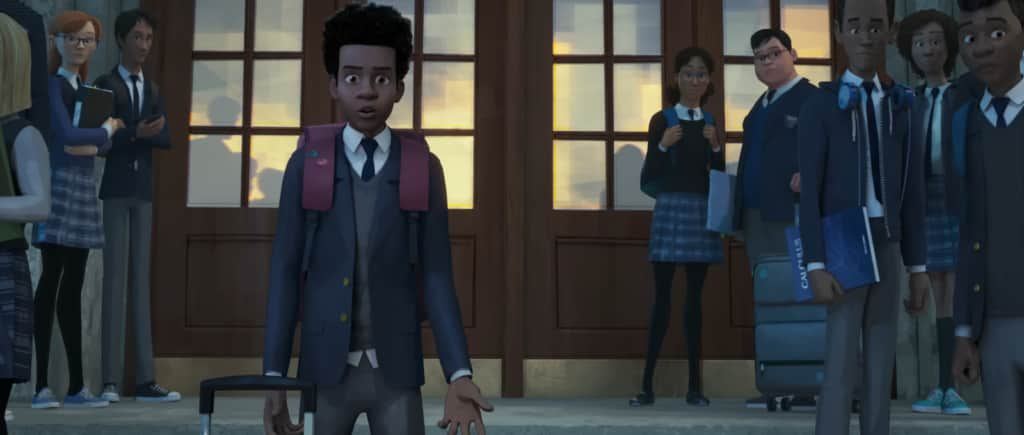Since its inception, the field of animation has witnessed extraordinary changes, evolving from its traditional hand-drawn roots to embrace a variety of new methods and aesthetics. The scope of possibility within animation has consistently widened due to these advancements. While the classic Pixar aesthetic set the industry standard for years, companies such as Sony Pictures Animation have stepped up as trailblazers of the latest transformations. These studios, known for their willingness to explore and implement cutting-edge techniques, are producing works that captivate both visually and emotionally, setting new benchmarks for the sector. Each film they release is met with eager anticipation, as audiences look forward to experiencing the newest breakthroughs and creative developments in the world of animation.
Exploring the theme of realistic animation, you may also like delving into how animation creatively highlights environmental issues, as seen in top animation videos dedicated to World Environment Day.
The Latest Shift in Animation Trends
The animation industry has recently pivoted, marking the rise of a new epoch defined by a shift from seeking hyper-realism to embracing a stylized, imaginative flair. Initiating this wave are pioneering works such as the visually dynamic League of Legends music videos, the Arcane series, and the innovative Spider-Man: Into the Spider-Verse. This direction steers clear of mimicking reality, instead venturing into uncharted creative territories.
Envision a realm where the classic charm of 2D animation melds flawlessly with the depth of 3D technology, crafting an extraordinary and captivating visual experience.
The Human Touch in Stylized Animation
In contrast to Pixar’s pursuit of pristine, hyper-realistic details, there exists an animation style that honors the artistry of imperfection. This innovative approach accepts, even celebrates, its deviations from lifelike precision, bringing a genuine, human essence to the medium. It’s evident in the raw textures and bold brushwork that emerge in detailed shots, offering a more relatable representation that can stir emotions more effectively than the most accurate computer-generated imagery. This style serves as a reminder of the beauty and emotional depth that embracing our flaws can offer.
This appreciation for the artistically imperfect took the spotlight with the release of the League of Legends music videos in 2018, which showcased this technique masterfully. These videos, crafted to introduce new narratives within the globally acclaimed online game, burst with dynamic action, breathtaking art, and an anime-esque flair.
Take, for instance, the “HERO” music video from League of Legends. It exemplifies a painterly quality with vibrant colors and seamless movement, engaging viewers and showcasing the immense potential of stylized animation. It’s a testament to the genre’s evolution and an invitation to audiences to immerse themselves in the extraordinary, mythical realms that the game offers.
Revolutionizing Animation with Arcane

The acclaim garnered by League of Legends’ videos opened the door to more daring endeavors, leading to the creation of the Netflix original series, Arcane. Introduced during the decade milestone event of League of Legends in 2019, Arcane draws its narrative from the rich lore of the well-known video game.
Arcane’s visual execution is nothing short of revolutionary. The animation team, led by Maunoury at Fortiche studio, delved deep into an elaborate technique to bring this unique animation style to life. By blending 3D character modeling with detailed digital hand-painted backgrounds, they crafted an immersive world. Characters received texture treatments that allowed them to integrate flawlessly with these settings. Complementing this were 2D animated effects used to simulate natural elements like smoke and water, adding depth and realism to the scenes.
The resulting artwork of Arcane stands out as an illustrative marvel, setting a new benchmark in the animation industry. It garners widespread acclaim for its inventive blend of technology and pioneering aesthetics.
Immerse in a Comic Reality
- “Spider-Man: Into the Spider-Verse” marks a milestone in the animated film industry, contributing significantly to the ushering in of a new animation era;
- The 2018 movie not only won critical acclaim and box office success but also revitalized the superhero film genre with its innovative approach;
- The film’s unique blend of 2D comic-style graphics with 3D animation creates a vibrant, kinetic experience that captivates the audience.
The creative visionaries behind the film, directors Bob Persichetti, Peter Ramsey, and Rodney Rothman, drew inspiration from the original comic books and aimed to translate that static art into a dynamic cinematic experience. They embarked on a path less traveled with non-photorealistic rendering, a process that involved reimagining their rendering software to achieve the desired artistic effect. By manipulating variables such as light behavior and focal planes, they crafted a stylized portrayal that defies conventional realism. The technique results in a visual feast where out-of-focus elements mimic the misaligned color printing of vintage comics, contributing to the film’s authentic comic book feel.
Revolution in Animation
- “The Mitchells vs the Machines” (2021) and “Puss in Boots” (2022) are at the forefront of the evolving animation landscape, adopting a distinctive non-photorealistic rendering style;
- This approach leans towards a painterly aesthetic, where blurred elements are portrayed as simple, abstract shapes rather than detailed, realistic images.
Visionary Animation: Crafting New Realities
- This animation trend is not solely about reducing detail; rather, it’s about crafting a distinct, fantasy-styled atmosphere;
- The fusion of 2D and 3D techniques broadens the creative horizon, allowing animators to blend traditional hand-drawn methods with advanced digital technologies;
- This blend is not confined to movies and TV but extends to other creative domains like game trailers.
Highlighting the distinctive potential of merging 2D and 3D elements, this technique can generate a fantastical ambiance while maintaining the intricate details of 3D. Particularly effective for game trailers, it immerses viewers in the game’s world, providing an enticing glimpse into its universe. Such an approach ensures that game trailers are not merely visually captivating but also succeed in engaging and exciting potential gamers.
A prime example is the game trailer for “The Appologium,” highlighting the card game “Cross The Ages.” This game, set in a universe where fantasy and science fiction intertwine and collide, utilized this innovative animation style to great effect. The “Cross The Ages” game trailer is a mesmerizing blend of 2D and 3D, creating a visual experience akin to viewing a three-dimensional painting. It introduces the game’s characters, settings, and magical elements, effectively capturing the card game’s expansive story universe and drawing viewers into its captivating world.
Fusing Tradition and Innovation

Realism Versus Artistry in Animation
The rise of this new animation era has ignited a discussion between striving for heightened realism and embracing artistic creativity. This shift towards a stylized aesthetic moves away from hyper-realistic detail, favoring instead an abstract and more fantastical representation. This deviation from realism grants animators the freedom to explore unprecedented creative paths, crafting worlds unfettered by the limitations of reality. Regardless of individual preferences in this debate, it’s undeniable that this new phase in animation has expanded the medium’s horizons, paving the way for greater innovation in storytelling and artistic expression.
Conclusion
The animation industry has come a long way from its hand-drawn origins to the complex and stylized animations of today. This transition from realism to artistry has brought about an animation renaissance, opening up endless possibilities for creative expression. With the integration of traditional 2D and modern 3D elements, animators can now devise an animated world that is not only visually stunning but also emotionally impactful. No matter what the future holds, the animation industry will continue to evolve and innovate, pushing the boundaries of art and technology to create mesmerizing visual experiences.